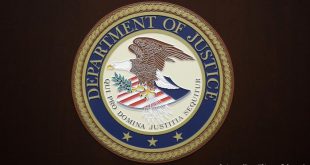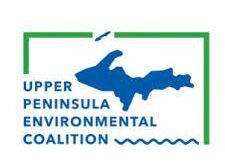 LAURIUM, Mich. – Every 40 seconds someone suffers a stroke. Every four minutes, someone dies from a stroke. While these statistics reported by the American Heart Association (AHA) are profoundly alarming, it goes to show that stroke can happen suddenly to anyone, at any age, at any time.
LAURIUM, Mich. – Every 40 seconds someone suffers a stroke. Every four minutes, someone dies from a stroke. While these statistics reported by the American Heart Association (AHA) are profoundly alarming, it goes to show that stroke can happen suddenly to anyone, at any age, at any time.
That’s why for American Stroke Month, nurses from Aspirus Keweenaw Hospital and Clinics are going out into the community to educate people of all ages about a four-letter word that can help spot a stroke quickly. Knowing the stroke warning signs and symptoms and calling for help immediately can make a difference and help save a life.
On May 19, from 10 a.m. to noon, nurses are teaming up to hand out “ACT F.A.S.T.” magnets in Houghton at Econo Foods and Walmart and in Calumet at Pat’s Foods. The acronym F.A.S.T. appears on each magnet and stands for: face (look for an uneven smile), arm (check if one arm is weak), speech (listen for slurred speech) and time (call 911 right away).
“The faster you can spot a stroke and call for help the better the outcome,” said Louise Kauppinen, Emergency Department and ICU Director for Aspirus Keweenaw Hospital. “It can make the difference between life and death, or the difference between a full recovery and long-term disability.”
Stroke occurs when a blood vessel that carries oxygen and nutrients to the brain is either blocked by a clot (ischemic) or the vessel ruptures (hemorrhagic). When this happens, part of the brain cannot receive the blood and oxygen it needs and brain cells begin to die.
According to the AHA, 80 percent of strokes are preventable. Though some risk factors like heredity, age and race cannot be changed, there are several risk factors that can be changed, treated or controlled. The number one cause of stroke and the most important controllable risk factor is high blood pressure.
Call 911 right away if you recognize signs of a stroke in yourself or someone else. Symptoms include sudden:
- Numbness or weakness in the face, arm or leg, especially on one side of the body.
- Trouble speaking or understanding.
- Trouble seeing in one or both eyes.
- Trouble walking, dizziness or loss of balance.
- Severe headache with no known cause.
Talk to your primary care provider if you are concerned about your stroke risk.
Click here to take a health risk assessment to learn about your risk for stroke.
 Keweenaw Report Your Source for Local News and Sports
Keweenaw Report Your Source for Local News and Sports






